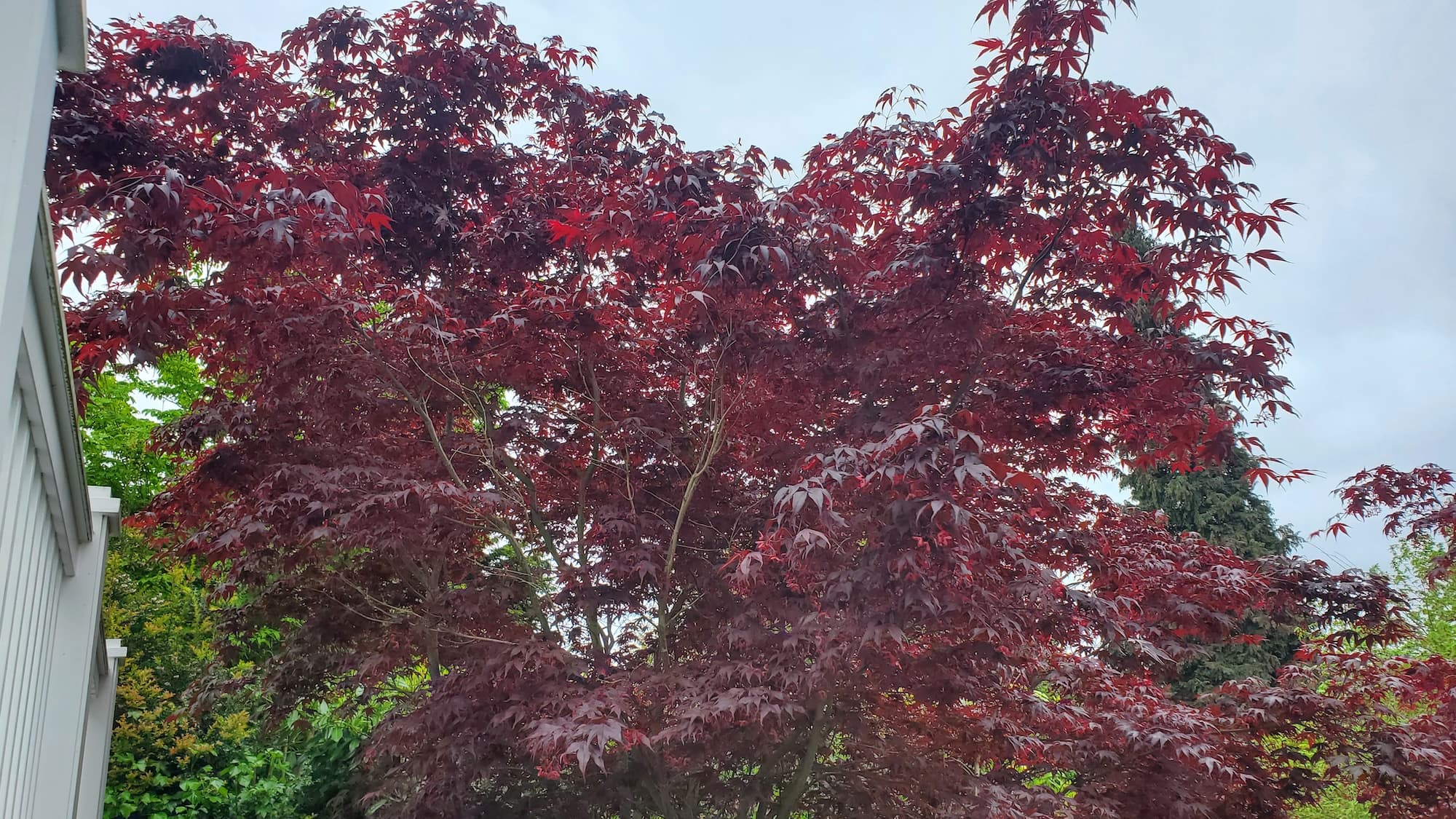West Seattle Wound Sealing After Pruning
Homeowner’s Issue
West Seattle yards face a specific set of challenges: heavy, seasonal rains, shady microclimates, clay‑heavy soils in some pockets, and salt or wind exposure along the bluff and Alki. Many properties around Lincoln Park, Admiral, and High Point have north‑facing slopes that stay damp and encourage moss and fungal pressure. Late‑winter and early‑spring pruning opens cuts that can wick moisture and invite decay if not managed. Poor drainage on terraces and compacted soils slow wound closure and raise the chance of rot. Add ivy and vigorous native volunteers (salal, blackberry) and you get constant competition for resources and recurring pruning needs.
Homeowners often skip post‑prune care because it seems cosmetic, but in this maritime climate a clean cut plus a breathable, eco‑friendly seal can reduce moisture loss, limit pest entry points, and speed natural healing. Local HOA sightlines and curb‑appeal expectations — especially on streets that face water views — mean a neat, healthy tree matters for safety and value. We focus on practical, sustainable techniques that respect Seattle’s composting program and avoid herbicides, ensuring regrowth is managed by mulching, hand removal, and thoughtful plant selection.
Our Quality Service
We assess each tree or shrub on site and recommend only the work it needs. Our crews use sharpened hand pruners, loppers, sanitized saws, and soft brushes for clean application of non‑toxic, breathable wound pastes approved for sustainable gardening. Small jobs can be scheduled within a week; larger multi‑tree jobs are quoted with realistic timelines (often 1–3 days on site depending on size and access).
We factor West Seattle conditions into every plan: slope safety on bluffs, extra drainage measures for compacted beds, and salt tolerance near the shore. We follow seasonal timing to minimize stress—late dormant season and early summer are typical windows. Benefits include reduced decay, improved structural integrity, safer branches during storm season, and a cleaner, low‑maintenance yard.
What’s Included
- Visual assessment and pruning review.
- Cleaning of pruning cuts and removal of dead tissue.
- Application of an eco‑friendly, breathable wound sealant.
- Debris collection and removal (choice of haul‑away or green‑bin composting).
- Written notes on what was done and simple follow‑up steps.
Options / Upgrades
- Mulch refresh + landscape fabric where appropriate.
- Organic, manual pest control and monitoring (no chemical herbicides).
- Soil aeration or light topdressing for compacted beds.
- Haul‑away vs. green‑bin composting (we follow Seattle compost guidelines).
Before & After / Expectations
- Mess & noise: expect pruning noise and wood debris; we tidy as we go. Larger removals may require chipper noise for a short period.
- Access: we need clear driveway access for tools and debris hauling; narrow alley access may affect crew size and time.
- Debris handling: choose green‑bin composting or haul‑away. We aim to divert material from landfill.
- Timelines: single small tree treatments often completed the same day; multi‑tree properties scheduled across 1–3 days.
- Aftercare tips for West Seattle: water newly stressed specimens in early morning during dry spells, avoid evening watering to reduce fungal risk, and reapply mulch to suppress moss and volunteers. Hand‑pull ivy and perennial weeds; use mulching and mechanical control rather than herbicides.
FAQs
Q: Is wound sealing necessary for every prune?
A: No. Small, clean pruning cuts often heal naturally. We seal larger wounds or those on trees with slow healing due to shade, compaction, or past injury.
Q: Will sealing harm the tree?
A: We use breathable, non‑toxic materials and apply only where it aids recovery. Incorrect use can trap moisture; that’s why professional assessment matters.
Q: How long until I see improvement?
A: Structural improvement is gradual. Reduced decay and better appearance are immediate; lower pest and rot risk is seen over months as tissues stabilize.
Q: Do you use herbicides?
A: No. All methods are sustainable—mechanical removal, mulching, and organic controls when needed.
Q: What about HOA or city rules?
A: We follow city pruning codes and can supply before/after photos or brief reports for HOA review.
Call to Action
If your trees or shrubs need post‑prune care in West Seattle, from Admiral to Alki and Lincoln Park edges, book a free estimate. We schedule quickly, work clean, and prioritize sustainable, long‑term results.
Email: neatandtidyseattle@gmail.com
Phone: 206‑538‑9344
Trust a local crew that knows bluffs, wet slopes, and Seattle‑style yards.










